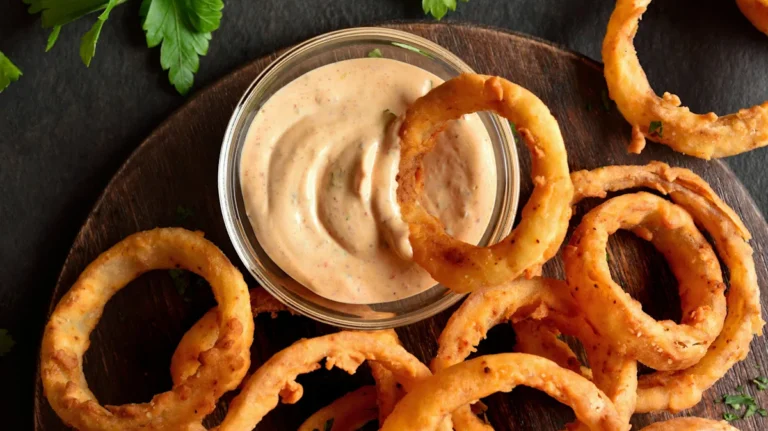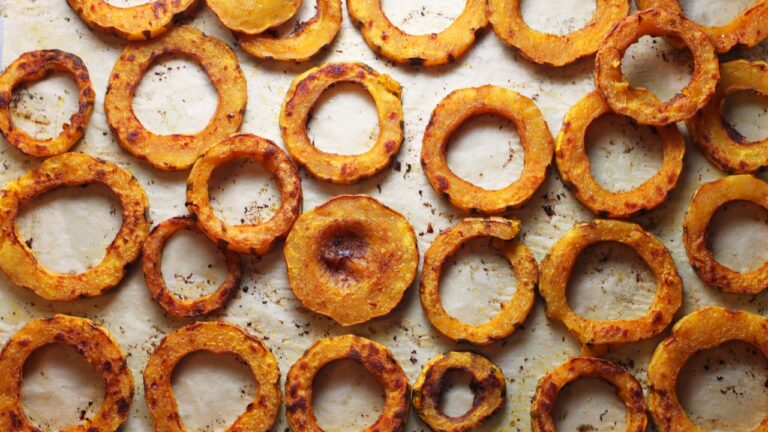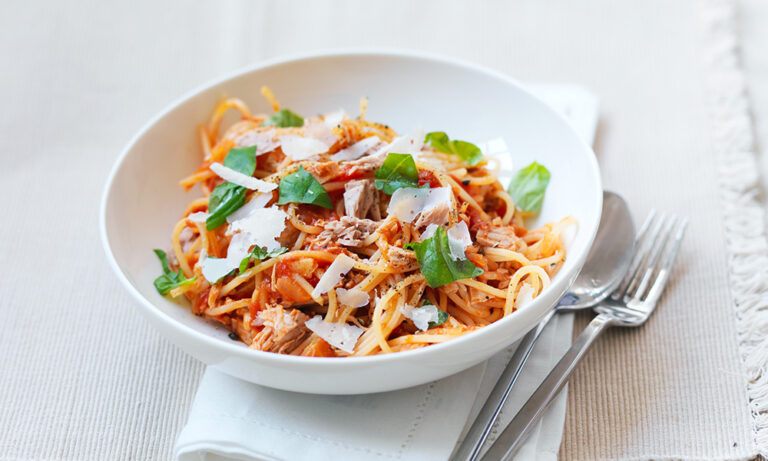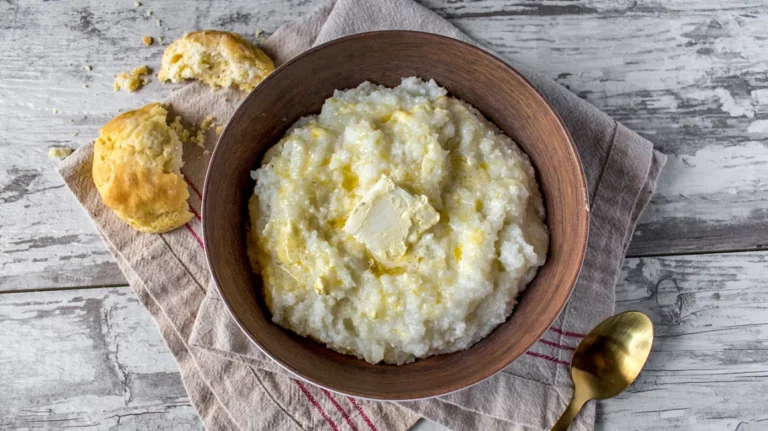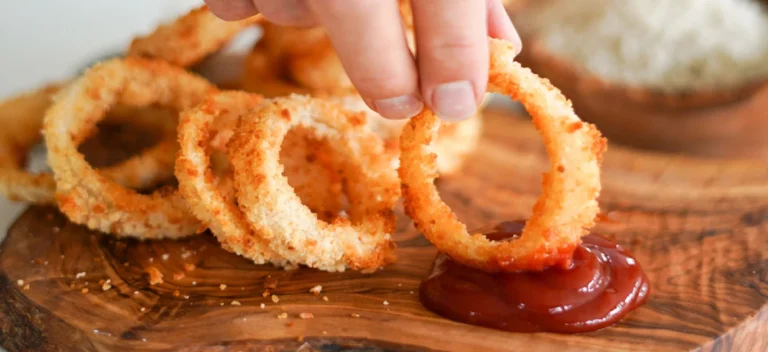3 Desserts for Diabetics: Guilt-Free Sweet Treats to Enjoy Anytime
Managing diabetes doesn’t mean you have to give up the pleasures of a sweet treat. With the right ingredients and mindful preparation, it’s absolutely possible to satisfy your dessert cravings without causing a spike in blood sugar. In fact, enjoying desserts the smart way can help support a sustainable lifestyle, making your diabetic meal plan more enjoyable. In this guide, we will explore 3 desserts for diabetics that are not only delicious and easy to make but also designed with blood sugar stability in mind.
Many people living with diabetes often assume that all desserts are off-limits. However, thanks to natural sugar substitutes, fiber-rich ingredients, and better carb-conscious recipes, desserts can still have a place in your diet. The key is choosing the right recipes, understanding what goes into them, and focusing on portion control. Each of these 3 desserts for diabetics is low in carbs, high in flavor, and designed to deliver that perfect sweet finish to your meal.
Why Dessert Can Still Be Part of a Diabetic-Friendly Diet
When people think about managing diabetes, they often associate it with restriction, especially when it comes to sweets. But modern nutrition proves otherwise. By using low glycemic ingredients, healthy fats, fiber, and protein, dessert can fit seamlessly into a diabetic-friendly eating pattern. The goal is to avoid blood sugar spikes while still enjoying food.
In fact, some studies suggest that when planned properly, allowing yourself occasional desserts can reduce binge eating, support emotional well-being, and improve long-term compliance to diabetic meal plans. The trick is choosing desserts that are low in sugar, balanced with fat and protein, and portion-controlled.
Dessert 1: Low Carb Chocolate Avocado Mousse
This rich, creamy, and chocolatey dessert doesn’t just taste indulgent—it’s packed with fiber, antioxidants, and heart-healthy fats. Avocados are low in carbs and high in monounsaturated fats, making them an excellent base for a diabetic-friendly treat.
Ingredients:
- 1 ripe avocado
- 2 tbsp unsweetened cocoa powder
- 2–3 tbsp unsweetened almond milk
- 1–2 tbsp erythritol, monk fruit sweetener, or stevia (adjust to taste)
- 1 tsp vanilla extract
- A pinch of salt
Instructions:
- Cut the avocado in half, remove the seed, and scoop the flesh into a blender.
- Add cocoa powder, almond milk, sweetener, vanilla, and salt.
- Blend until smooth and creamy. Add more milk for a thinner texture.
- Chill in the refrigerator for 30 minutes. Serve with a few berries or a sprinkle of crushed walnuts on top.
Why it works: This dessert contains zero added sugars, is high in fiber, and offers a satisfying chocolate flavor without affecting your glucose levels.
Nutritional Value (per serving):
- Calories: ~150
- Net carbs: ~5g
- Fiber: ~4g
- Fat: ~13g
- Protein: ~2g
Dessert 2: Chia Seed Pudding with Berries
Chia seeds are a diabetic superfood. They absorb liquid to form a gel-like texture, making them perfect for a healthy pudding. Rich in fiber, omega-3 fatty acids, and antioxidants, chia seeds help stabilize blood sugar levels and keep you full longer. This pudding is naturally low in carbs and offers a subtly sweet taste from berries without causing sugar spikes.
Ingredients:
- 3 tbsp chia seeds
- 1 cup unsweetened almond or coconut milk
- ½ tsp vanilla extract
- 1–2 tsp low carb sweetener (erythritol or monk fruit)
- Handful of raspberries or blueberries for topping
Instructions:
- In a glass jar or bowl, mix chia seeds, milk, vanilla, and sweetener.
- Stir well and let sit for 5 minutes. Stir again to prevent clumping.
- Refrigerate for 3–4 hours or overnight.
- Serve with fresh berries on top.
Why it works: Chia seeds slow digestion, reduce post-meal blood sugar spikes, and provide lasting energy. This pudding feels like dessert but functions like a health food.
Also Read: Grits for Diabetics: Everything You Need to Know About This
Nutritional Value (per serving):
- Calories: ~160
- Net carbs: ~6g
- Fiber: ~10g
- Fat: ~9g
- Protein: ~4g
Dessert 3: Baked Cinnamon Apples with Walnuts
Warm, tender apples baked with cinnamon and walnuts make a comforting dessert that’s naturally sweet without added sugars. Apples have a low to moderate glycemic index when eaten in small amounts, especially when paired with fiber and fat from nuts.
Ingredients:
- 1 medium apple (sliced thin)
- 1 tsp cinnamon
- 1 tsp butter or coconut oil
- 2 tbsp chopped walnuts
- Optional: ½ tsp vanilla extract or a few drops of stevia
Instructions:
- Preheat oven to 375°F (190°C).
- Arrange apple slices in a small baking dish.
- Sprinkle with cinnamon, walnuts, and drizzle with melted butter.
- Bake for 15–20 minutes until apples are soft and fragrant.
- Serve warm as-is or with a spoonful of plain Greek yogurt.
Why it works: This dessert feels indulgent yet uses whole ingredients, natural sweetness, and blood sugar-friendly fats and fibers.
Nutritional Value (per serving):
- Calories: ~180
- Net carbs: ~14g
- Fiber: ~4g
- Fat: ~10g
- Protein: ~2g
Tips for Creating Diabetic-Friendly Desserts
Understanding how ingredients affect your blood sugar helps you modify recipes and enjoy a variety of desserts safely.
Choose low glycemic sweeteners like stevia, monk fruit, erythritol, or allulose instead of sugar, honey, or agave. These sweeteners don’t cause spikes in blood sugar or insulin levels.
Incorporate healthy fats such as avocado, nuts, coconut cream, or nut butters. They help slow glucose absorption and increase satiety.
Add fiber with chia seeds, flaxseeds, coconut flour, or almond flour to reduce net carbs and improve digestion.
Use low carb dairy or non-dairy milk like almond milk, coconut milk, or unsweetened soy milk to keep carbs in check.
Watch your portions even if the dessert is low carb. Calories and carbs can still add up over time.
Always pair your dessert with protein or fat if it contains fruit or natural sugars to reduce glucose spikes.
Monitor your blood sugar after trying new recipes so you understand how your body responds and can make future adjustments.
Why These 3 Desserts for Diabetics Are Better Choices
Unlike standard desserts loaded with white sugar, processed flour, and trans fats, these recipes prioritize nutrient-dense ingredients. They provide antioxidants, healthy fats, fiber, and protein—while keeping net carbs low. This ensures a lower glycemic load and more balanced energy.
Another advantage of these 3 desserts for diabetics is their simplicity. With fewer ingredients and minimal preparation, they are easy to make, easy to customize, and easy to enjoy as part of your daily routine.
Additionally, these desserts are designed to reduce cravings. By avoiding sugar crashes and spikes, they keep your hunger hormones balanced, which is crucial for anyone managing type 2 diabetes, insulin resistance, or even prediabetes.
The Role of Portion Control in Diabetic Desserts
No matter how healthy a dessert is, consuming it in large portions can still affect blood sugar. That’s why portion control remains a key aspect of diabetes-friendly eating. Start with small servings, observe how your body responds, and adjust accordingly.
It’s also helpful to enjoy desserts earlier in the day or after a protein-rich meal. Your insulin sensitivity tends to be higher in the morning, and protein helps blunt post-meal glucose spikes.
Mindful eating—chewing slowly, eating without distractions, and savoring the taste—can also reduce overeating and improve satisfaction.
Final Thoughts
These 3 desserts for diabetics show that a sweet life is still possible while living with diabetes. You don’t need to deprive yourself or resort to artificial, overly processed products. With simple swaps and mindful preparation, you can indulge without compromising your health.
Each of the recipes shared here is customizable, accessible, and nutritionally sound. Whether you’re newly diagnosed or have been managing diabetes for years, these treats can become a reliable part of your weekly menu.
By choosing wholesome ingredients, focusing on balance, and being mindful of carbs and sugar, you can have your dessert—and eat it too.
FAQs
1. Can diabetics eat dessert every day?
Yes, but only if it’s portion-controlled and made with low carb, low sugar ingredients. Monitor your blood sugar regularly to see how your body reacts.
2. What is the best sweetener for diabetic desserts?
Stevia, monk fruit, erythritol, and allulose are among the best natural sweeteners for diabetics as they don’t raise blood sugar levels.
3. Are fruits allowed in diabetic desserts?
Yes, in moderation. Low glycemic fruits like berries and apples can be used when paired with fiber or healthy fats to reduce blood sugar impact.
4. Is chocolate safe for diabetics?
Dark chocolate with 70% cocoa or higher can be safe in small amounts. Look for varieties with no added sugar or use unsweetened cocoa powder in recipes.
5. What is the glycemic index of chia seed pudding?
Chia seeds have a very low glycemic index, making chia pudding an excellent choice for blood sugar stability.
6. Can I use regular flour in diabetic dessert recipes?
It’s better to avoid white flour. Use alternatives like almond flour or coconut flour which are low in carbs and high in fiber.
7. Are baked desserts healthier than fried ones for diabetics?
Yes, baked desserts usually have less fat and fewer calories than fried options, making them better for blood sugar control.
8. Is Greek yogurt a good dessert base for diabetics?
Yes, unsweetened Greek yogurt is high in protein and low in carbs, making it a good base for diabetic-friendly desserts.
9. How much dessert can a diabetic eat safely?
A small portion—usually less than 15 grams of carbs—is recommended. Always track your individual response using a glucometer.
10. Can children with diabetes enjoy these desserts too?
Absolutely. These recipes are suitable for both adults and children with diabetes, offering a safe and enjoyable way to satisfy sweet cravings.

